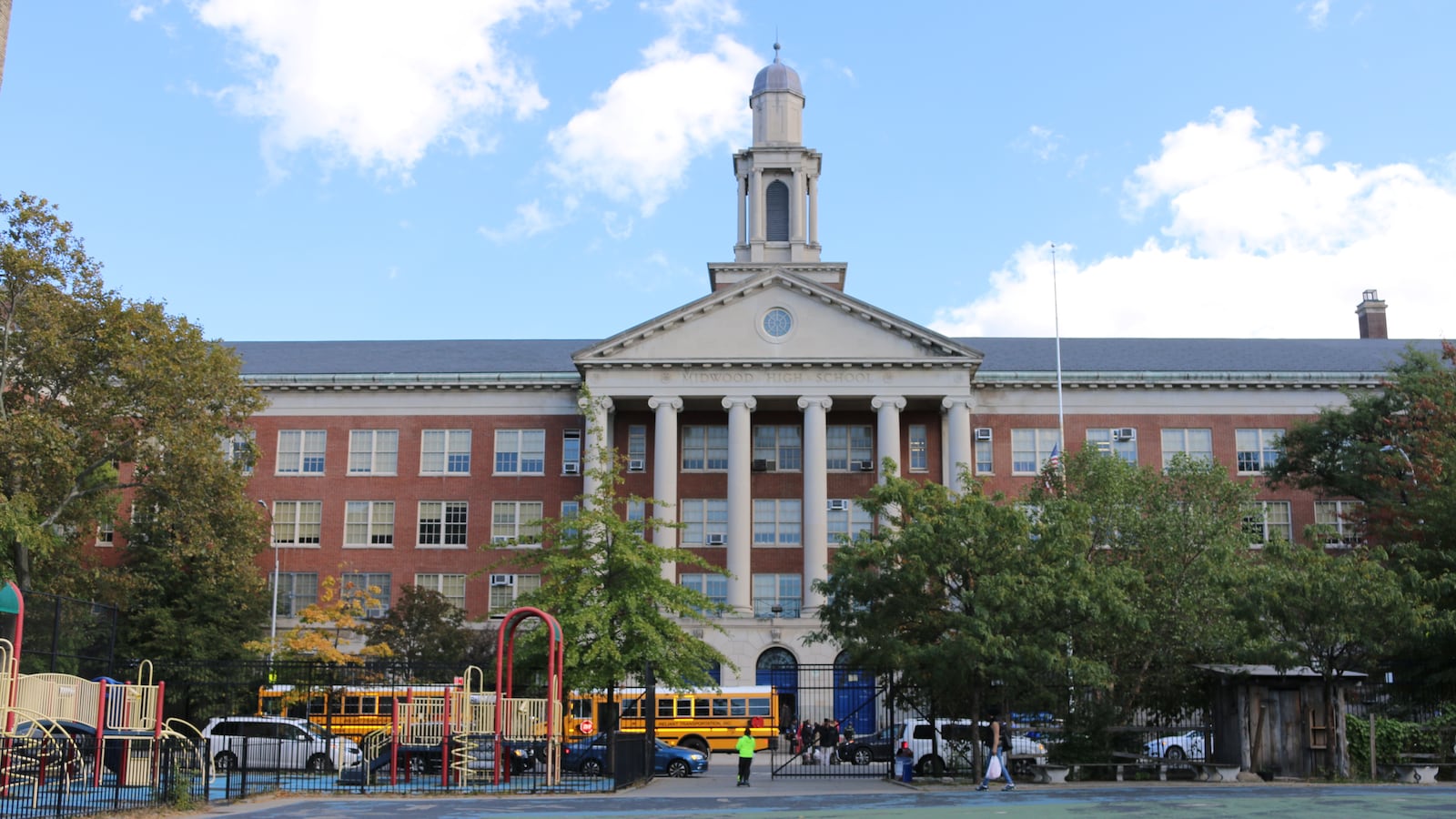Roughly 80 percent of New York City’s school buildings are not completely accessible to students with physical disabilities — and a coalition of advocates called on top city officials Wednesday to significantly accelerate funding for upgrades. The appeal comes as the city is expected to release a proposal for a new five-year capital plan in the coming months.
The state of school-building infrastructure was a sticking point of this past budget cycle, and advocates for upgrading facilities successfully secured $150 million in building improvements over the next three years.
But in a letter to Mayor Bill de Blasio, dozens of advocates and disability-rights groups are calling for $750 million more over the next five years to ensure that at least a third of schools are accessible. Currently only 20 percent of schools are fully accessible, some 30 years after the passage of the Americans with Disabilities Act, a fact that has previously drawn ire from the U.S. Department of Justice.
“In an era when there’s so much being done to emphasize inclusion and integration at every level, the fact that there are a number of students out there who can’t get in the door — literally — is a real issue,” said Maggie Moroff, a disability policy expert at Advocates for Children, which signed on to the letter.
[Related: How I navigated New York City’s high school admissions maze in a wheelchair]
School accessibility is a longstanding problem in New York City, where families often choose schools outside their neighborhoods, leaving many students with physical disabilities with few options. For example, Midwood High School, a popular school in Brooklyn that has highly sought-after science programs, is not accessible. Citywide, three of the city’s 32 districts have no fully accessible elementary schools, four districts have no fully accessible middle schools, and six districts have no fully accessible high schools, according to Advocates for Children.
Students with disabilities in these districts must often endure longer treks to school by bus or public transit.
But Wednesday’s letter shows just how challenging the problem is and how expensive it is to fix. According to advocates’ projections, investing $850 million over the next five years, dramatically more than the $150 million spent in the previous five years, would boost the number of accessible schools from 20 percent to only 33 percent. (The education department’s capital budget is roughly $16 billion.)
“We’re trying to make a slightly bigger dent than we were making before, but [it’s] still just a dent,” Moroff said.
The education department for its part has worked to give families more information about which schools are accessible, including more detailed data on “partially accessible” schools — a notoriously murky category that can mean certain areas of the school are accessible, and others not, but this information is still far from complete.
The mayor’s office did not respond to a request for comment. In a statement, education department spokeswoman Isabelle Boundy said: “We’re committed to increasing school accessibility citywide, and we’ll continue to work with these community members and advocates to make progress on this important issue. We’re investing an additional $150 million in Capital funding to make schools more accessible, and have hired new staff and increased and improved school accessibility information.”
Here’s the letter in full:

